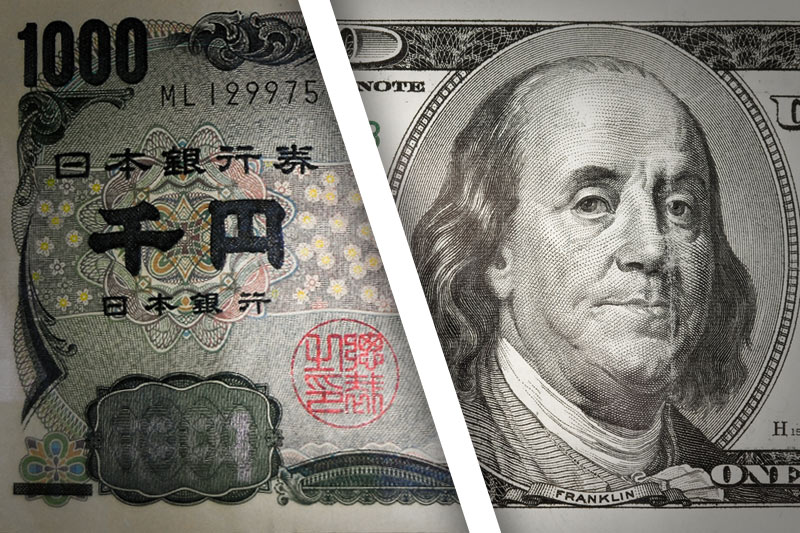Investing.com - The U.S. dollar dropped to one-and-a-half year lows against the yen on Friday, as the Bank of Japan’s decision to leave its monetary policy unchanged continued to lend broad support to the local currency.
Markets in Japan remained closed on Friday for a national holiday.
USD/JPY hit 106.91 during U.S. morning trade, the pair’s lowest since October 2014; the pair subsequently consolidated at 107.36, retreating 0.68%.
The pair was likely to find support at 105.18 and resistance at 109.00, the high of April 18.
The yen remained broadly supported after the BoJ chose on Thursday to hold its monetary policy, defying market expectations for additional monetary easing.
The BoJ kept the deposit rate at minus 0.1% and its asset purchases at ¥80 trillion per year. It also pushed back the expected data for reaching its 2% inflation target.
The decision came a day after the Federal Reserve left interest rates unchanged close to zero on Wednesday and offered little guidance on future rate hikes.
On the data front, the U.S. Commerce Department reported on Friday that personal spending increased by 0.1% last month, worse than expectations for a 0.2% increase, while February’s number was revised up to a gain of 0.2% from a previously reported rise of 0.1%.
Personal income, meanwhile, rose 0.4% in March, above forecasts for a 0.3% gain and after rising 0.1% a month earlier.
The core PCE price index inched up 0.1% last month, in line with expectations and after rising 0.2% in February.
The yen was steady against the euro, with EUR/JPY at 122.83.
Eurostat earlier reported that the euro area’s gross domestic product rose 0.6% in the first quarter, up from 0.3% in the three months to December and beating expectations for a growth rate of 0.4%.
On a year-on-year basis, the bloc’s GDP rose 1.6% in the first quarter.
A separate report showed that euro zone consumer price inflation fell by 0.2% this month, worse than expectations for a 0.1% decline, and following a final reading of 0.0% in March.
